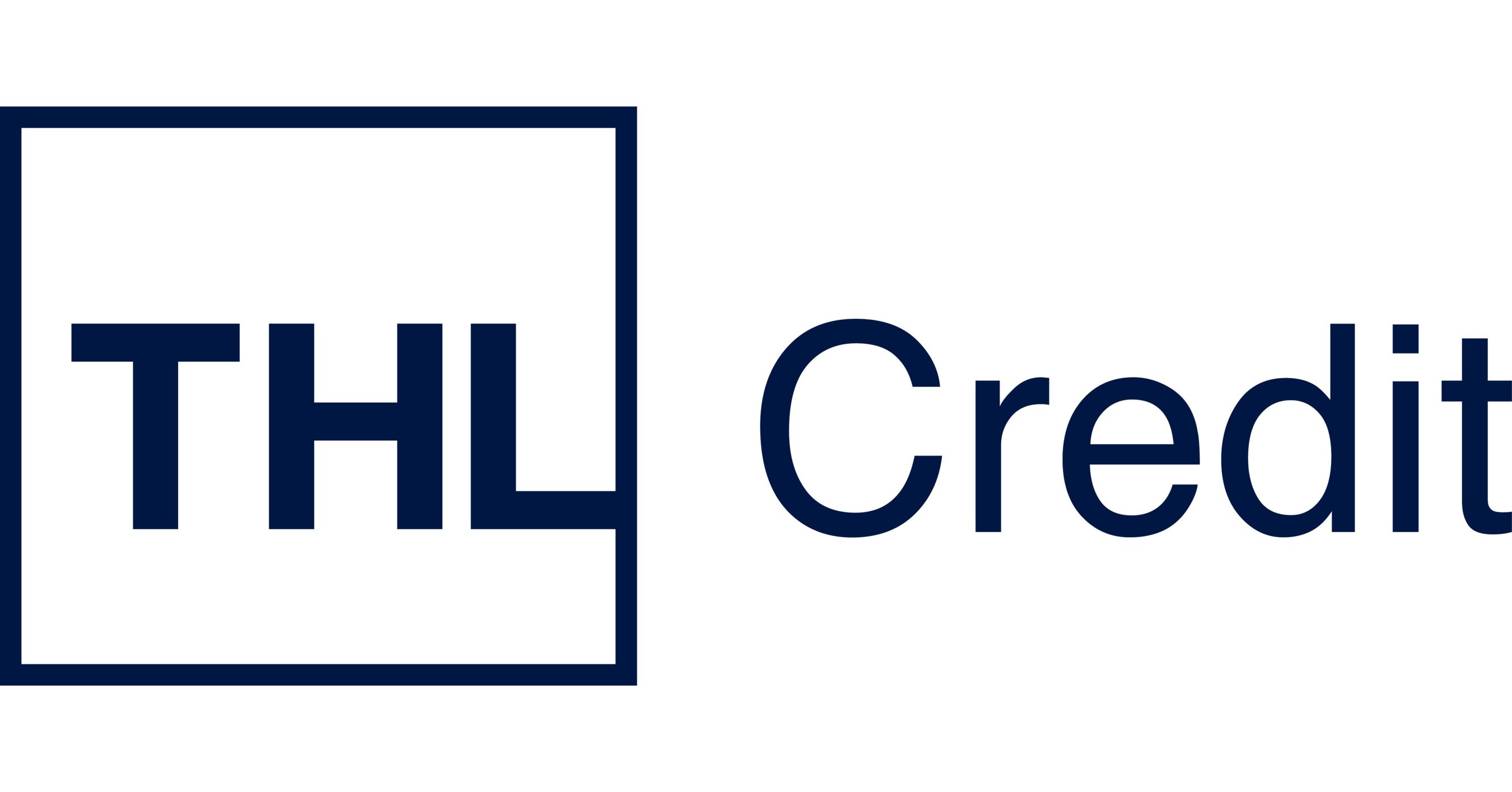

Finance
What Is A Loan Offset 401K
Published: October 17, 2023
Looking to finance your dream home? Discover the benefits of a loan offset 401K, an innovative financial tool that can help you achieve your goals.
(Many of the links in this article redirect to a specific reviewed product. Your purchase of these products through affiliate links helps to generate commission for LiveWell, at no extra cost. Learn more)
Table of Contents
Introduction
A Loan Offset 401K is a unique approach to borrowing money from your retirement savings. It allows you to take a loan from your 401K account while simultaneously offsetting the outstanding loan balance with contributions from your paycheck. This innovative feature provides several advantages and can be a beneficial option for individuals in need of short-term financing.
Traditional 401K loans typically require you to make regular loan repayments, which can be a burden on your monthly budget. With a Loan Offset 401K, the loan balance is gradually offset by the contributions made to your retirement account. This means that instead of making loan payments, you continue to contribute to your retirement savings while paying off the loan.
In this article, we will explore what a Loan Offset 401K is, how it works, its benefits, considerations, and risks associated with this type of loan. We will also compare it to traditional 401K loans to help you make an informed decision about whether it is the right option for your financial situation.
Definition of a Loan Offset 401K
A Loan Offset 401K is a type of loan offered by certain retirement plans that allows participants to borrow money from their 401K account while simultaneously offsetting the outstanding loan balance with contributions from their paycheck. This unique feature sets it apart from traditional 401K loans, as it enables borrowers to continue contributing to their retirement savings while paying off the loan.
Here’s how it works: when you take out a loan from your Loan Offset 401K, the outstanding loan balance is offset by a portion of your salary. This means that a percentage of your paycheck is automatically directed towards repaying the loan, effectively reducing the loan balance. At the same time, the offset amount is contributed to your 401K account, ensuring that your retirement savings continue to grow even while you have an outstanding loan.
The offset contributions function as regular retirement contributions, meaning they are subject to any matching or profit-sharing contributions made by your employer. This can help boost your retirement savings and ensure that you maximize the benefits of your employer’s retirement plan. Additionally, the offset contributions are typically invested in the same investment options available in your 401K plan, allowing you to benefit from any potential market gains.
It is important to note that the loan terms and conditions, including maximum loan amount, interest rate, and repayment period, may vary depending on your specific retirement plan. It is essential to consult with your plan administrator or financial advisor to understand the specific rules and limitations of your Loan Offset 401K.
How Does a Loan Offset 401K Work?
Understanding how a Loan Offset 401K works is key to determining if it is the right option for your financial needs. Let’s dive into the details of how this unique loan arrangement operates:
1. Borrowing: You can request a loan from your 401K account, subject to certain limitations set by your plan. The maximum loan amount is typically a percentage of your vested account balance or a specific dollar amount, depending on the plan.
2. Loan Offset: Once you have borrowed the desired amount, the loan balance is offset by a specific percentage of your salary or wages, which is automatically redirected towards paying off the loan. This offset contribution reduces the outstanding loan balance.
3. Retirement Contributions: The offset contribution is treated as a regular retirement contribution. It may be subject to your employer’s matching or profit-sharing contributions, ensuring that you continue to build your retirement savings while repaying the loan.
4. Loan Repayment: While traditional 401K loans require regular loan repayments, a Loan Offset 401K does not have specific repayment terms. The loan is repaid gradually through the offset contributions from your paycheck. This means you don’t have to worry about making additional loan payments.
5. Investment Growth: The offset contributions are usually invested in the same investment options available in your 401K plan. This allows the invested amount to potentially grow over time, complementing the growth of your regular retirement contributions.
6. Loan Repayment Period: As with traditional 401K loans, a Loan Offset 401K typically has a specific repayment period. If the loan is not fully repaid by the time you leave your current job, it may need to be repaid in full or treated as an early withdrawal, subject to taxes and penalties.
It is important to note that Loan Offset 401K arrangements vary among different retirement plans. Some plans may have limits on the loan amount or specific rules and restrictions. It is crucial to review your plan’s provisions and consult with your plan administrator or financial advisor to ensure you understand all the details and implications of using a Loan Offset 401K.
Benefits of a Loan Offset 401K
A Loan Offset 401K offers several benefits that make it an attractive option for individuals in need of short-term financing. Here are some of the key advantages:
1. Continued Retirement Savings: One of the primary benefits of a Loan Offset 401K is the ability to continue contributing to your retirement savings while repaying the loan. The offset contributions ensure that your retirement account continues to grow, even during the loan repayment period.
2. No Additional Loan Payments: Unlike traditional 401K loans that require regular loan repayments, a Loan Offset 401K eliminates the need for additional loan payments. The loan balance is gradually paid off through the offset contributions from your paycheck.
3. Potential for Investment Growth: The offset contributions are invested in the same investment options available in your 401K plan. This means that the invested amount has the potential to grow over time, allowing you to benefit from market gains and enhance your overall retirement savings.
4. Lower Interest Costs: Since a Loan Offset 401K does not require traditional loan repayments, you may end up paying less in interest compared to a traditional 401K loan. By continuing to contribute to your retirement account, you reduce the outstanding loan balance faster, resulting in potentially lower interest costs.
5. Flexibility in Loan Amount: Depending on your retirement plan’s provisions, a Loan Offset 401K may allow you to borrow a higher amount than traditional 401K loans. This can be beneficial if you have larger financial needs or unexpected expenses.
6. Avoiding Early Withdrawal Penalties: Taking a loan from your 401K through a Loan Offset 401K allows you to access funds without incurring early withdrawal penalties. Traditional withdrawals from a 401K account before reaching the age of 59 ½ are typically subject to taxes and penalties.
While a Loan Offset 401K offers these advantages, it is essential to consider the potential risks and drawbacks associated with this type of loan. We will explore these considerations in the next section to provide a more comprehensive understanding of whether a Loan Offset 401K is suitable for your financial situation.
Considerations and Risks of a Loan Offset 401K
While a Loan Offset 401K offers several benefits, it is important to consider the potential risks and drawbacks associated with this type of loan. Here are some key considerations:
1. Impact on Retirement Savings: Although you continue to contribute to your retirement account while repaying the loan, the offset contributions may not fully make up for the missed contributions during the loan period. This could potentially impact the growth of your retirement savings in the long run.
2. Limited Investment Choices: The offset contributions are typically invested in the same investment options available in your 401K plan. This means you may have limited control over the investment strategy for the offset amount. It is important to review and assess the investment options available in your plan before opting for a Loan Offset 401K.
3. Risk of Job Loss: If you leave your current job before fully repaying the loan, you may be required to repay the remaining loan balance in full. Failure to do so could result in the loan being treated as an early withdrawal, subject to taxes and penalties. The potential risk of job loss should be carefully considered before taking a Loan Offset 401K.
4. Reduced Take-Home Pay: The offset contributions from your paycheck may reduce your take-home pay, as a portion of your salary is directed towards repaying the loan. This reduction in income should be factored into your budgeting and financial planning.
5. Opportunity Cost: By borrowing from your retirement savings, you forgo the potential growth and compounding effects of those funds. It is important to weigh the potential benefits of accessing the loan funds against the potential long-term impact on your retirement savings.
6. Plan Limitations and Fees: Each retirement plan may have its own rules, limitations, and fees associated with a Loan Offset 401K. It is crucial to review your plan’s provisions and consult with your plan administrator or financial advisor to fully understand the terms and costs associated with borrowing through a Loan Offset 401K.
It is recommended to carefully evaluate your financial situation, goals, and risk tolerance before deciding to utilize a Loan Offset 401K. Taking into account these considerations and risks will help you make an informed decision about whether a Loan Offset 401K is the right approach for your short-term financing needs.
Comparison with Traditional 401K Loans
When considering borrowing from your retirement savings, it’s important to compare a Loan Offset 401K with traditional 401K loans to understand which option is better suited to your needs. Here’s a comparison between the two:
1. Loan Repayment: With a traditional 401K loan, you are required to make regular loan repayments, typically over a set period of time. In contrast, a Loan Offset 401K does not have specific repayment terms as the loan is gradually paid off through offset contributions.
2. Retirement Contributions: In a traditional 401K loan, loan repayments are prioritized over retirement contributions. This means that during the loan repayment period, you may temporarily stop contributing to your retirement account. In a Loan Offset 401K, however, you continue to make contributions, ensuring that your retirement savings are not interrupted.
3. Investment Growth: In a traditional 401K loan, the loan amount is typically paid back with interest. This means that the loan repayment may result in missed investment growth during the loan period. On the other hand, a Loan Offset 401K allows you to benefit from potential investment growth as the offset contributions are invested in your chosen investment options.
4. Flexibility: Traditional 401K loans often have strict repayment terms, such as a fixed repayment period and specific repayment amounts. A Loan Offset 401K offers more flexibility in terms of loan repayment since it is based on offset contributions from your paycheck.
5. Early Withdrawal Penalties: If you fail to repay a traditional 401K loan, it is treated as an early withdrawal, subject to taxes and penalties. With a Loan Offset 401K, you do not incur early withdrawal penalties as long as the loan is offset through contributions.
6. Borrowing Limits: The maximum loan amount for traditional 401K loans is generally limited to the lesser of $50,000 or 50% of your vested account balance. In contrast, Loan Offset 401K plans may allow for higher loan amounts, depending on your plan’s provisions.
When deciding between a Loan Offset 401K and a traditional 401K loan, consider factors such as your ability to continue contributing to retirement savings, investment growth potential, repayment flexibility, and borrowing limitations. It is also recommended to consult with a financial advisor or plan administrator to fully understand the implications of each option and how they align with your financial goals.
Conclusion
A Loan Offset 401K is a unique approach to borrowing money from your retirement savings while continuing to contribute to your retirement account. This innovative option provides several benefits, including the ability to maintain retirement contributions, potential investment growth, and the avoidance of early withdrawal penalties.
While a Loan Offset 401K offers advantages such as no additional loan payments and the potential for lower interest costs, it is important to consider the potential impact on your retirement savings, limited investment choices, and the risk of job loss.
Comparing a Loan Offset 401K with a traditional 401K loan reveals key differences in loan repayment, retirement contributions, investment growth, flexibility, early withdrawal penalties, and borrowing limits. Understanding these distinctions will help you make an informed decision based on your specific financial needs and goals.
If you are considering a Loan Offset 401K, it is crucial to review your retirement plan’s provisions, consult with your plan administrator or financial advisor, and carefully evaluate your financial situation. By doing so, you can determine whether a Loan Offset 401K is the right option for accessing short-term financing without jeopardizing your long-term retirement goals.
Remember, while a Loan Offset 401K can be a valuable tool, it is essential to approach it with careful consideration and thorough understanding to make the most informed decision for your financial well-being.














